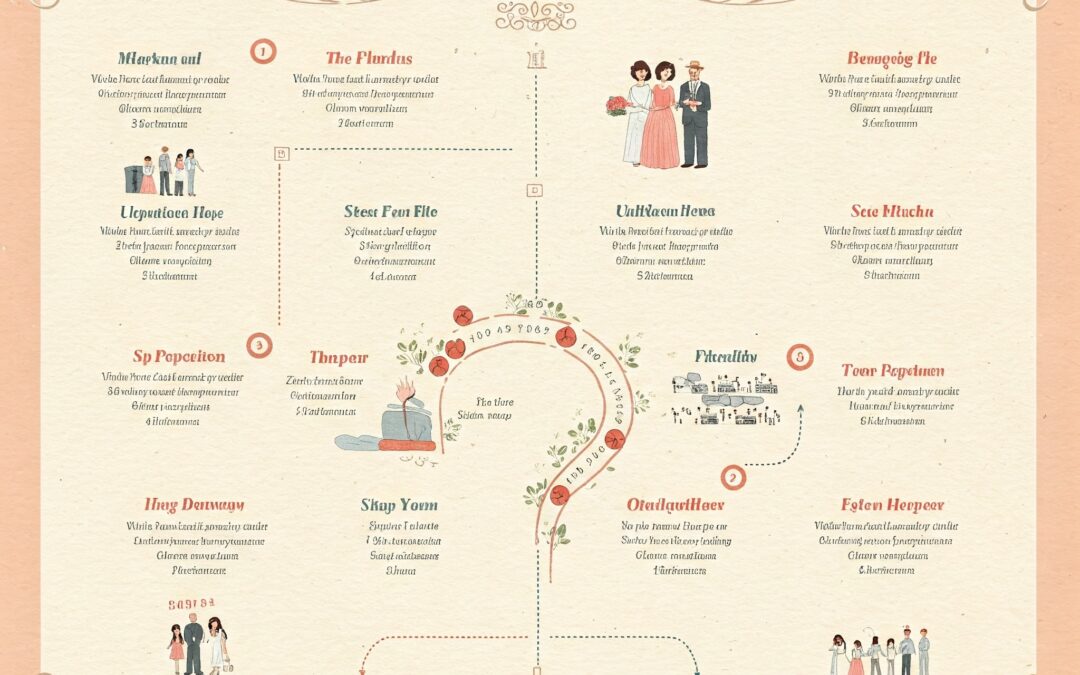Planning a wedding is no small feat, and creating a seamless timeline can make all the difference in ensuring a smooth and enjoyable day. A well-crafted wedding timeline keeps everything on track and allows you, your guests, and your vendors to enjoy the celebration without unnecessary stress. Here’s a guide to help you design the perfect wedding timeline for your big day.
1. Start with the Ceremony
The ceremony is the heart of your wedding day, and its timing sets the tone for the rest of the events. Begin by determining the start time of the ceremony based on factors like the venue’s availability, the time of year, and the expected duration. Consider the following elements:
- Arrival Time: Plan for your bridal party, family, and guests to arrive at least 30 minutes before the ceremony starts.
- Duration: Most ceremonies last between 20 to 30 minutes. Factor in any special rituals or readings that may extend this time.
- Transitions: Allow a few minutes for guests to transition from the ceremony to the next phase of the event.
2. Cocktail Hour
Following the ceremony, the cocktail hour provides a perfect opportunity for guests to mingle while you and your bridal party take photos. Here’s how to optimize this part of the timeline:
- Duration: Typically lasts between 60 to 90 minutes. This time frame should be sufficient for photo sessions and for guests to enjoy appetizers and drinks.
- Entertainment: Consider having background music or a live band to keep the atmosphere lively and engaging.
3. Reception
The reception is where the celebration truly comes alive. To ensure a seamless flow, plan the following elements carefully:
- Grand Entrance: Allow time for the newlyweds and bridal party to make a grand entrance. This is usually followed by the first dance.
- Dinner: If you’re having a sit-down dinner, allocate time for courses, speeches, and any special toasts. This often takes about 60 to 90 minutes.
- Dancing: Plan for at least 2 to 3 hours of dancing. Ensure the DJ or band is ready to keep the energy high and the dance floor packed.
- Cake Cutting: Schedule the cake cutting ceremony in the middle of the reception to ensure that guests are present and engaged.
- Send-Off: Plan your send-off time and method (e.g., sparklers, bubbles) to wrap up the night on a high note.
4. Buffer Time
Adding buffer time between key events is crucial to accommodate any unforeseen delays. A 10-15 minute buffer can help keep the day on track and reduce stress if things don’t go exactly as planned.
5. Communication is Key
Share the timeline with your vendors, bridal party, and key family members well in advance. Ensure everyone is aware of their roles and the schedule to avoid confusion on the day.
